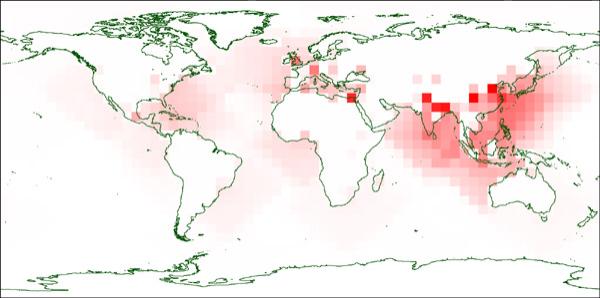Via the Global Security Newswire:
WASHINGTON — The United Kingdom announced today that it had finished destroying thousands of decades-old chemical weapons (see GSN, June 6, 2002).
The elimination of the last known “legacy” munitions containing agents such as sulfur mustard and phosgene is in keeping with the nation’s obligations under the Chemical Weapon Convention, a Defense Ministry spokesman said.
The British military began using chemical weapons in World War I, and maintained an offensive program until 1956. The Porton Down research facility was already regularly destroying weapons when the treaty entered into force in the United Kingdom in 1997. A total of 7,000 munitions have been destroyed since 1989, with work ending on March 7.
The 3,812 weapons eliminated at Porton Down over the last decade were recovered individually or in small numbers from existing or former military sites. Most dated from 1939 to 1945, The Herald newspaper reported. The artillery and mortar shells were “rusty, old, they couldn’t be used,” the Defense Ministry spokesman said.
Some weapons were drained of agent and then incinerated, while others were detonated if they were found not to contain any dangerous substances. The entire project cost nearly $20 million.
Though chemical weapons are not really an existential threat today, when combined with nanotechnological delivery vectors they could become effective across incredible ranges. Relinquishment of chemical weapons is also proof that nations are willing to give up a class of weapons when it is this inhumane.
